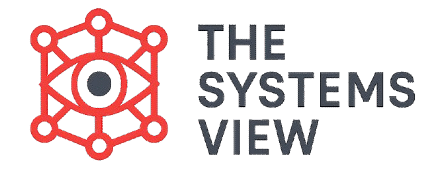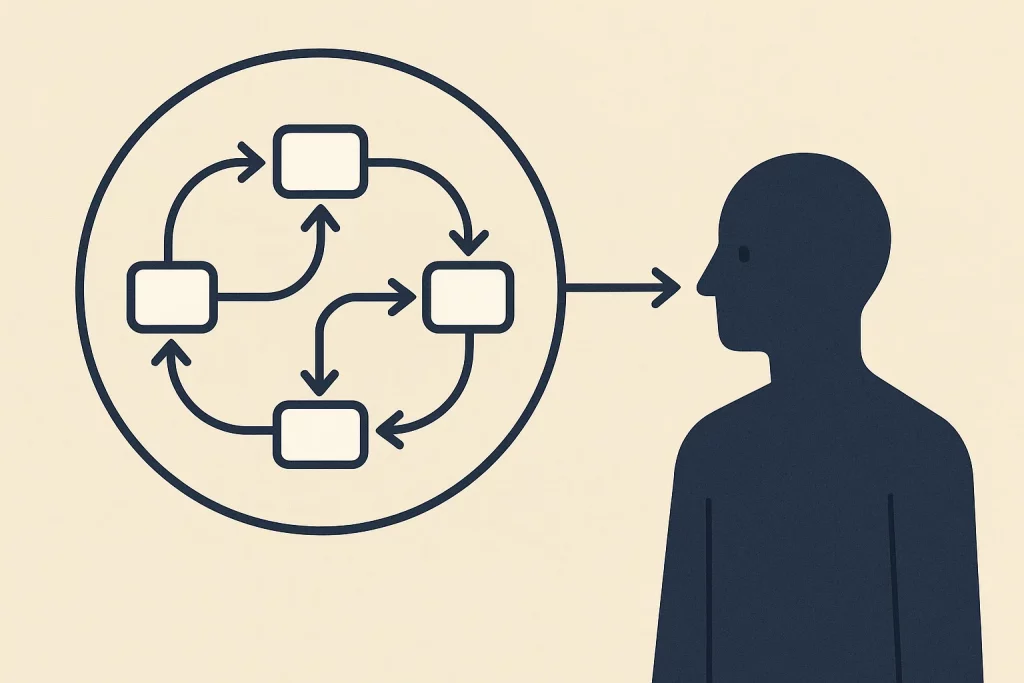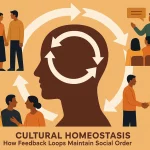Imagine you are watching a system—a family, an organization, or a machine. When you begin to ask questions about it, measure it, or try to change it, you become part of the system itself. This realization is the core of Second-Order Cybernetics.
The early pioneers like Wiener and Ashby focused on First-Order Cybernetics, studying systems “out there,” as if they were objective machines. They were concerned with control and feedback in the observed system.
Second-Order Cybernetics represents a massive paradigm shift. It is the study of observing systems. It shifts the focus from the observed system to the observer, proving that the act of observation is never neutral. This radical idea was primarily championed by thinkers like Heinz von Foerster, who insisted that the observer must always take responsibility for their own description of reality.
The Core Shift: From Observed to Observer
The move from First-Order to Second-Order Cybernetics is the single most important conceptual leap in Systems Thinking. It introduces the idea of self-reference into the equation.
First-Order Cybernetics: The Observer is Outside
In First-Order Cybernetics (also known as the cybernetics of the observed), the observer acts as if they are separate from the system they are studying. The assumption is that the system’s dynamics (its control loops, its error signals) can be understood objectively, without considering the observer’s presence. The focus is on how the system maintains its goals or achieves stability (homeostasis). The observer is simply a scientist recording facts.
Second-Order Cybernetics: The Observer is Inside
In Second-Order Cybernetics (also known as the cybernetics of the observing system), this assumption is rejected. The observer must acknowledge they are an active part of the system they are observing. Self-Reference is key: every description of a system is actually a description of the observer’s interaction with that system. When you describe a family as “dysfunctional,” that description is a product of your own perspective and values, not an objective truth. The focus shifts to the observer, who must examine their own assumptions, biases, and actions, recognizing that their attempts to control or define the system will inevitably change the system.
Self-Reference and Ethical Responsibility
The central message of Second-Order Cybernetics is not just a scientific statement; it is an ethical statement. By acknowledging one’s presence in the system, one must take responsibility for the way they describe and intervene in the system.
Heinz von Foerster’s Ethical Mandate
Heinz von Foerster (1911–2002) was the key thinker in this area. He argued that since the world we perceive is a result of our own neurological processes—a construction of the observer—we have a choice in how we construct it. He advocated for an ethical imperative: “Act always so as to increase the number of choices.” If we believe our descriptions are objective truth, we become rigid and authoritarian. But if we recognize our reality is self-constructed, we feel responsible for our choices and become more willing to allow others to construct their own realities. This leads to increased freedom and responsibility.
The Problem of Control
Second-Order Cybernetics fundamentally challenges the idea of control. First-Order Cybernetics seeks to control the system. Second-Order Cybernetics recognizes that the observer’s attempt to control is simply another action that creates a new, unpredicted response from the system. The focus shifts from “how to control” to “how to co-create.”
The Key Insight: Second-Order Cybernetics teaches us that objectivity is an illusion. When we describe a system, we are describing ourselves and our interaction with it. Therefore, the problem is never “out there” in the system; the problem is always co-created by the interaction between the system and the observer.
The Impact on Systemic Intervention
This perspective fundamentally changes how consultants, managers, and therapists work with complex systems.
Management and Design
Instead of creating a perfect, top-down plan and forcing it onto an organization, a Second-Order manager acts as a participative designer. They assume their plan will change the system in unexpected ways. Their job is not to fix the system, but to initiate conversations and feedback loops that allow the system to fix or organize itself. This approach shifts the intervention from control to collaboration.
Therapy and Counseling
In systemic therapy, the therapist realizes that by simply asking questions, they are intervening and becoming part of the family’s communication system. The goal is not to find the “objective truth” of the family’s problem. The goal is to introduce new information (new questions, new ideas) that allow the family to reorganize its own narrative and self-observe its own patterns. The therapist is responsible for the effect of their questions.
Conclusion
Second-Order Cybernetics marks the evolution of Systems Thinking from studying machines to studying living, thinking systems that include the observer. By introducing the concept of self-reference, it dismantled the idea of objective truth and showed that the observer is an inseparable and responsible part of the system they describe. This shift forces managers, scientists, and individuals to acknowledge that their perspective creates their reality, leading to a profound ethical realization: we are responsible for the world we construct through our observations and our actions.



